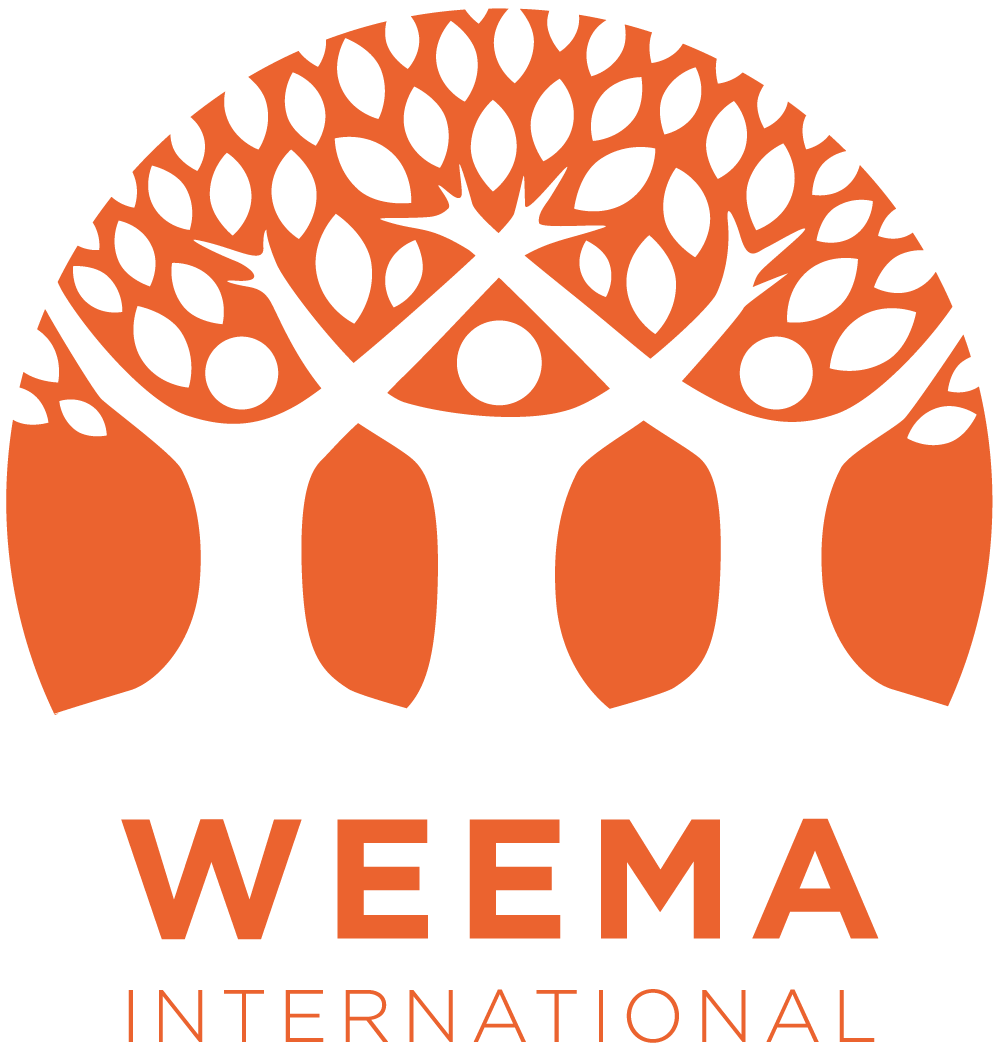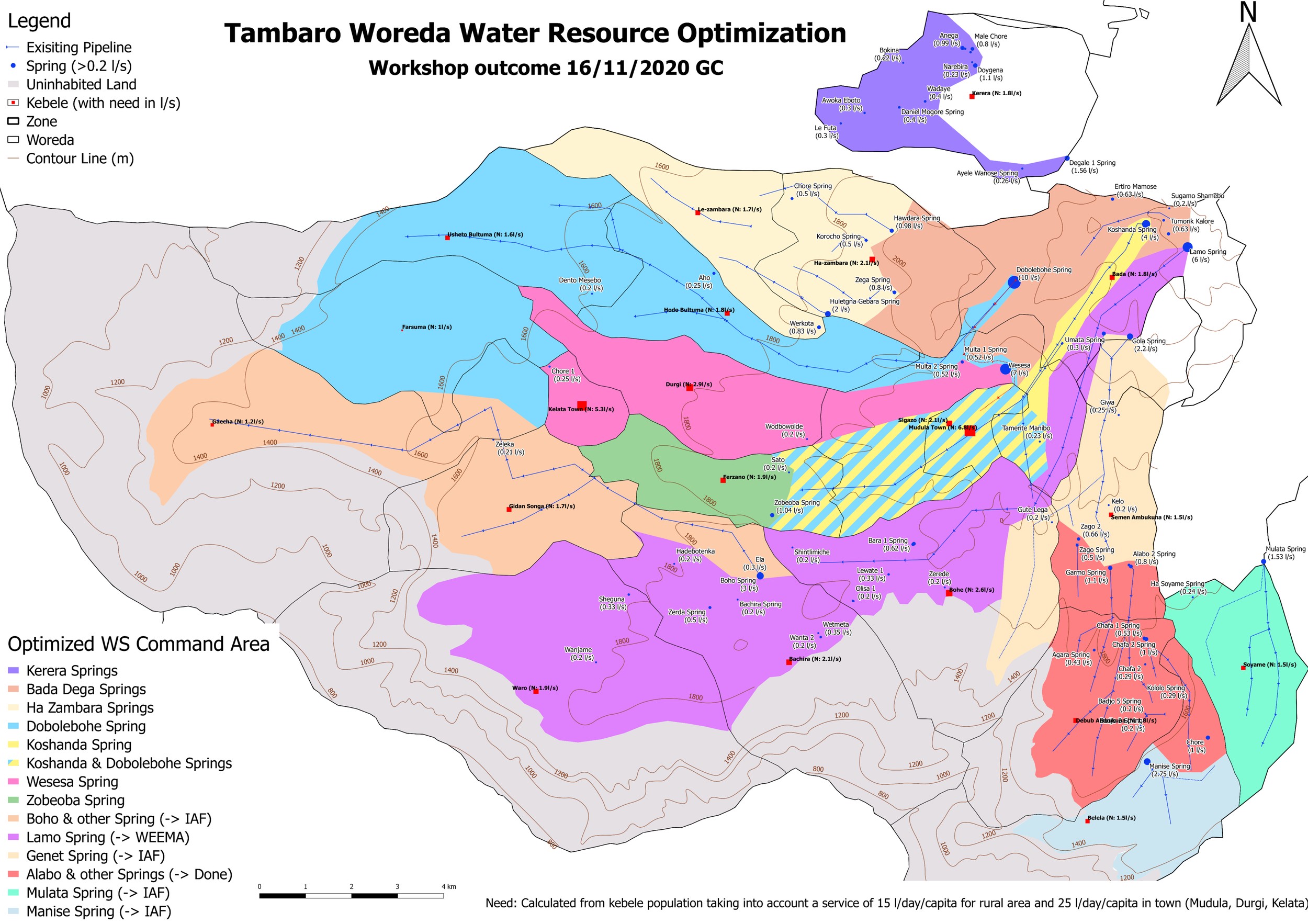Clean Water Access
THE ISSUE
Clean drinking water availability is a significant challenge in rural Ethiopia with many communities having limited access to reliable and safe potable water. According to the Joint Monitoring Program (JMP) report by UNICEF and WHO in 2021, an estimated 42% of the rural population in Ethiopia lacked access to basic water services, and only 8% had access to safely managed water services.
The lack of clean water access has an especially negative impact on women and girls in Ethiopia. Among those impacts:
Education: When there's a lack of clean water, girls are often the ones tasked with collecting water for their families. The time and energy spent on this task often means missing school or having less time to study. This, in turn, perpetuates a cycle of poverty and limits their opportunities for personal growth and economic empowerment.
Health: The lack of clean water can result in a variety of health problems. Drinking and using contaminated water can lead to diseases like cholera, dysentery, and typhoid. Water-borne illness remains one of the leading causes of death in children under five years of age in Ethiopia.
Safety: The journey to collect water often requires traveling long distances, sometimes in dangerous or isolated areas. This puts women and girls at risk of violence, sexual assault, or accidents.
Sanitation and hygiene: Without access to clean water, maintaining personal hygiene becomes challenging. This is especially problematic for girls reaching puberty because it makes managing menstruation more difficult. Inadequate sanitation and hygiene can lead to infections and illness. It also contributes to stigma and embarrassment which often limits school attendance and participation in public life.
Gender inequality: Water collection duties mostly fall on women and girls in many cultures, which reinforces gender inequalities. While women and girls are fetching water, they are not participating in income-generating activities, getting an education, or engaging in leisure activities. This limits their opportunities and perpetuates a cycle of gender inequality.
WEEMA’S COMMUNITY-LED INTERVENTION
Beginning with our first “Mudula Water” project in 2011, WEEMA has constructed and rehabilitated water systems and water points that are providing clean water to more than 82,000 Ethiopians.
But there’s more to be done. Working with the Ethiopian government and other non-governmental organizations (NGOs), we continue to look for cost-effective, sustainable solutions that will deliver additional clean water gains in rural Ethiopian communities.
One notable approach is gravity-fed water systems. These systems utilize the force of gravity to distribute water from a source, such as a spring or stream, to communities at lower elevations. Gravity-fed systems are cost-effective and environmentally friendly because they use minimal energy and mechanical components. They typically involve capping the springs, storing the water in reservoirs, and constructing a network of delivery pipes that can reach different parts of a community or district.
In Tembaro, there are several large mountain springs in the northeastern part of the district. These springs produce enough water to serve all of the lower communities lying to the west- each individual system has the potential to reach 25,00 people- but they also require building and maintaining many miles of pipeline. Given the size and scope, these water systems require significant community collaboration and cooperation and are vulnerable to ongoing damage- both accidental and intentional. For these reasons, robust community water management governance structures are essential.
Several NGOs, such as World Vision, Inter Aide and WEEMA, as well as the Ethiopian government have constructed several of these large gravity-fed water systems in the Tembaro district. For the past several years, WEEMA has partnered with Inter Aide to continue to build large water systems with the plan to reach 100% water coverage across Tembaro within the next 5-7 years.
The map below, designed by Inter Aide, shows the planned water distribution from different spring sources (marked with blue dots on the map).
In 2023-25, WEEMA and Inter Aide will be constructing the Wessea gravity-fed water system (hot pink section on the map). This will be a brand new water system with 36 water points that will provide reliable clean water to over 13,000 people.
PLAN FOR WATER COVERAGE- TEMBARO DISTRICT
Population 150,000
(Map created by partner Inter Aide)
FUNDING AND IMPLEMENTING PARTNERS
CLEAN WATER AND SANITATION LOG FRAME
(What is a log frame? A logical framework, often referred to as a log frame, is a planning tool used in international development to design, implement, monitor, and evaluate projects. It establishes a coherent structure to identify and express the project's goals, objectives, activities, inputs, outputs, outcomes, and impacts, while also defining the indicators for measuring success and identifying potential risks and assumptions. This framework fosters accountability and ensures that projects are effectively addressing identified needs and expected results.)

